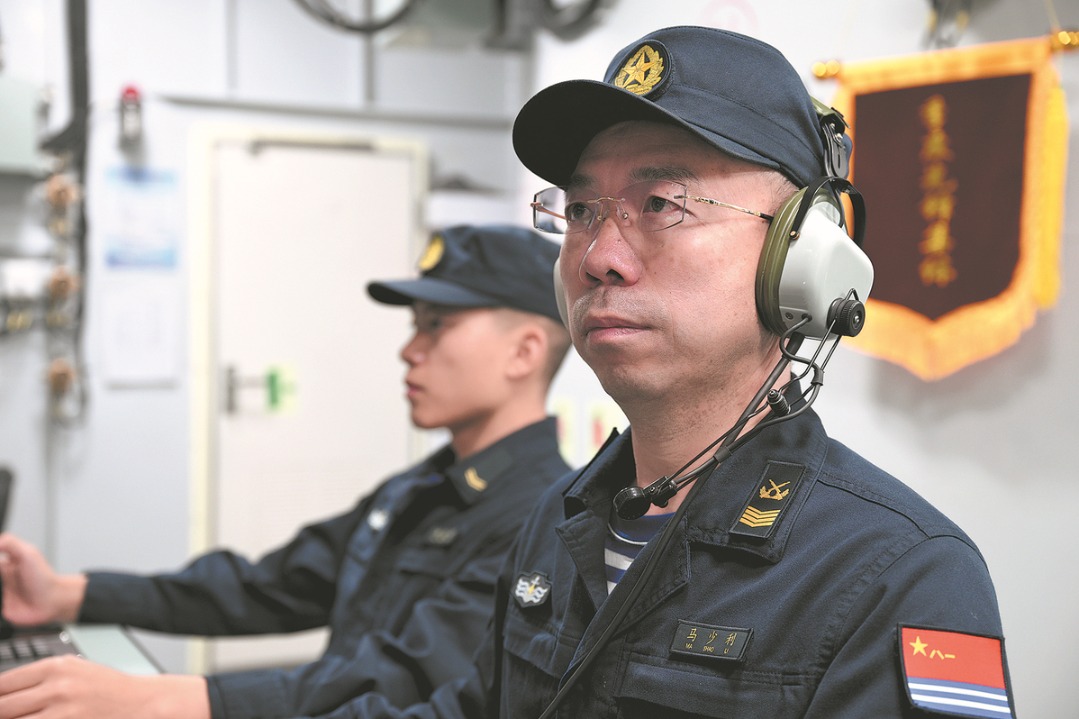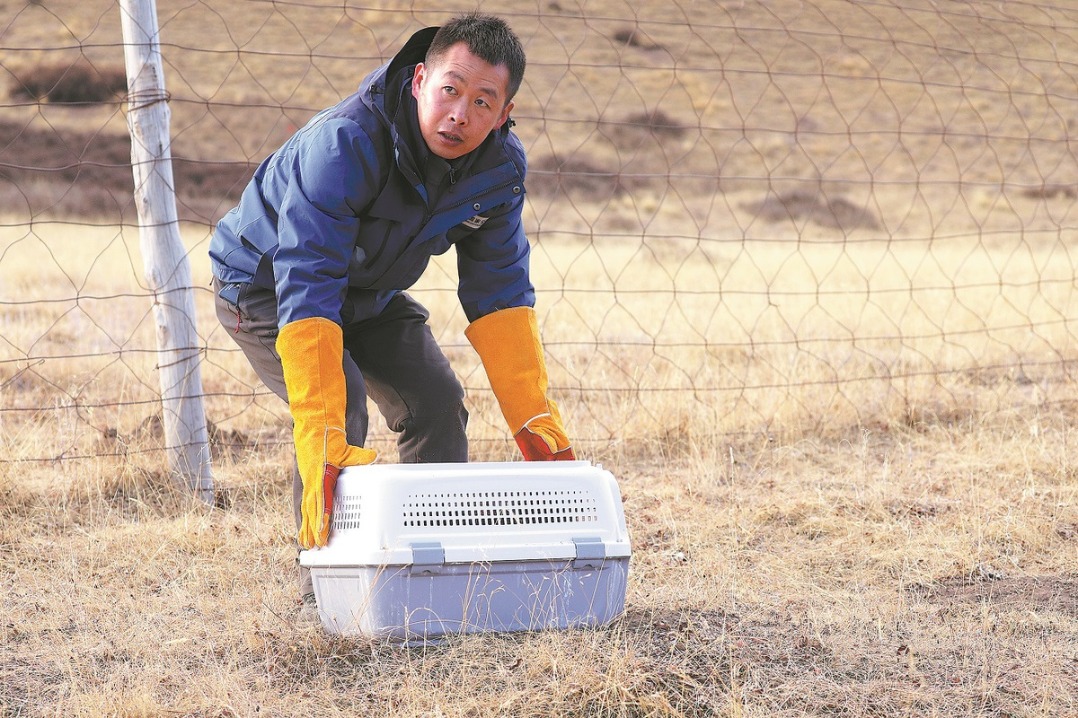New solid-fuel carrier rocket launched
x


After years of development, Kuaizhou 11 lifts experimental satellite into orbit
Kuaizhou 11, the newest carrier rocket model developed by China Aerospace Science and Industry Corp, completed its first successful flight on Wednesday morning, lifting an experimental satellite into space, according to the company.
The rocket blasted off at 9:15 am from the Jiuquan Satellite Launch Center in northwestern China's Gobi Desert and soon deployed the Xingyun Transport VDES Experimental Satellite, which is tasked with demonstrating very-high-frequency data exchange system technology, into its preset orbit, said CASIC, one of the nation's major space contractors.
The Kuaizhou 11 is 25 meters tall and has a diameter of 2.2 meters. With a liftoff weight of 78 metric tons, the rocket is able to place a 1-ton payload into a sun-synchronous orbit at an altitude of 700 kilometers, or a 1.5-ton spacecraft into a typical low-Earth orbit, according to Liang Jiqiu, the rocket's chief designer.
"The Kuaizhou 11 has world-class capability and technology. It can be manufactured on a large scale and can be used at short notice. It will help satellite companies establish their space-based networks within a short period of time," he said.
The carrying capacity of the Kuaizhou 11 is five times that of its predecessor — the Kuaizhou 1A, Liang noted.
The research and development of the Kuaizhou 11 began in 2015 at China Space Sanjiang Group in Hubei province, a CASIC subsidiary specializing in solid-fuel rockets.
Designers planned for its maiden flight in 2017 but the schedule has been repeatedly postponed due to unexpected technical difficulties, the company explained.
The biggest obstacle was the rocket's liquid-propellant, position-control propulsion system, for which designers wanted to develop a new type to replace the one offered by suppliers. Engineers spent five years designing and testing the component and resorted to 3D printing technology, and finally solved the problem in December 2019.
The model's first flight took place in July 2020 at the Jiuquan center but failed due to technical abnormalities during its flight.
CASIC started developing the Kuaizhou series in 2009 as a low-cost, quick-response product for the commercial space market. The Kuaizhou is the largest solid-propellant rocket family in China, as opposed to the Long March series that mainly relies on liquid fuel.
- Ex-Bank of China vice-president under probe
- Shanghai innovates as invention patents rise in 2025
- Remains of Chinese soldiers to be returned from ROK
- Relatives honor US hero during China's resistance against aggression
- Shanghai University for the Senior sets autumn enrollment record
- Cholera case reported in Jiangsu province, patient recovering





































